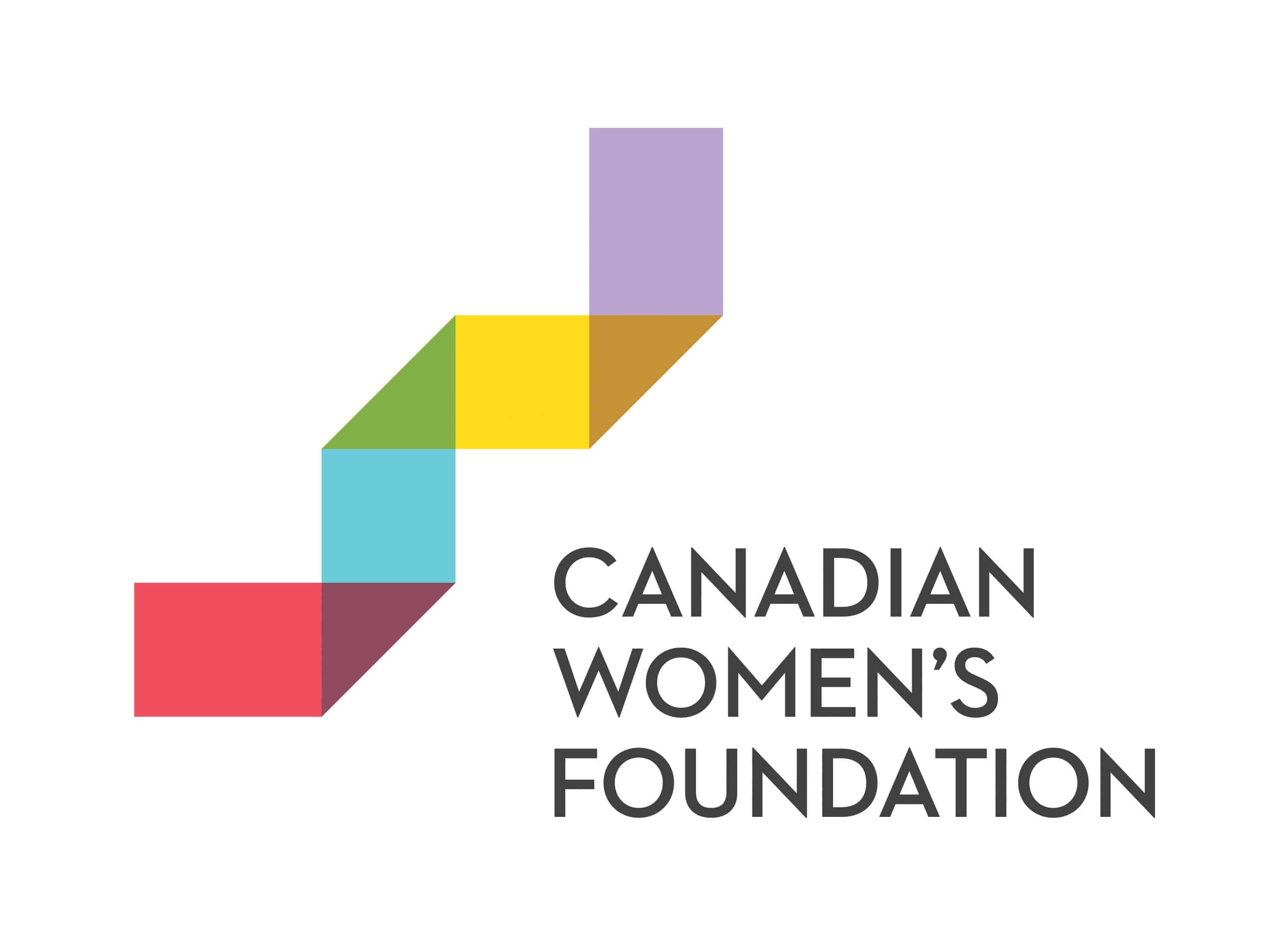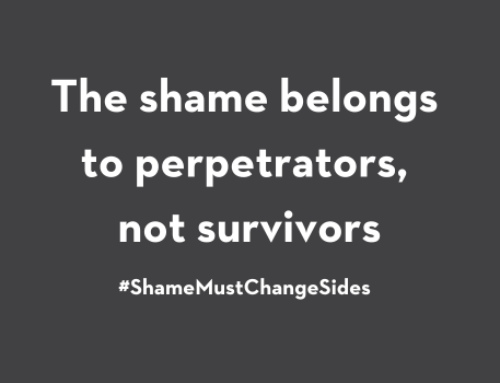
Chances are you know someone who has experienced gender-based violence (GBV). 67% of all Canadians say they personally know at least one woman who has been sexually or physically assaulted – and that’s just those that have been told. Stigma and fear of not being believed are real concerns of survivors and many women avoid telling people close to them because they don’t think they will be supported.
The positive effects of having supportive people around when someone decides to share their experiences cannot be underestimated. Not only does it open up the possibility of sharing at all, it encourages survivors to seek counselling and other supports, reducing levels of depression, anxiety and PTSD, and lessening the likelihood of experiencing abuse again. If someone chooses to disclose to you, the best thing you can do is believe them, avoid judgement, put their needs first, and understand that everyone reacts differently to trauma.
So why is there still a public debate on whether we can believe women who share their stories of violence?
The answer is rooted in our gender unequal society. These values reinforce certain myths about those experiencing the violence.
Among those myths are:
1. GBV only happens in certain cultures and communities.False. In fact violence is about power and control. Period. No matter what explanations, excuses or reasons are given to justify violent behaviour, the fact remains that abuse is about controlling another person through fear, threats of violence and/or acts of violence. It happens across all cultures and religions, incomes, levels of education, and ages.
2. GBV is rare and we do not have statistics to prove its prevalence.False. Women and girls experience high levels of violence every year in Canada. In a 2009 national survey, 460,000 women reported incidents of sexual assault in that year alone. That number does not include people who reported domestic violence, girls under the age of 15 and women living in the territories. It also doesn’t count all the people who did not disclose the abuse. Despite the fact that gender-based violence is shockingly common, we as a society often fail to recognize its prevalence or talk about it openly.
3. Women who report abuse are lying and want to get vengeance. False. Again. Most women choose not to report abuse because of the judgement that comes with opening up about their experience. A public opinion poll conducted by the Canadian Women’s Foundation in 2014 revealed that a third of Canadians say having their experience of violence exposed to the public, friends and family members would likely prevent them from reporting. Even when survivors do report, they find the details of their lives open to questioning from family, friends, law enforcement and legal systems. When sexist narratives of ‘women lying to get vengeance’ are still prevalent – not only in every day conversations but in legal proceedings – it’s no surprise that many survivors of abuse choose not to come forward for fear of backlash. This backlash blames the survivor for experiencing the abuse rather than holding the perpetrators accountable. It also ignores the fact that just like other crimes in Canada, the false reporting of abuse is incredibly rare.
4. Women who stay with an abusive partner are exaggerating or lying about the abuse, otherwise they would leave. False. The powerful hashtag #WhyIStayed shed some light into the complex reasons why a person might stay in a relationship with their abuser. There are many reasons for this, including wanting to give a person she loves the benefit of the doubt. In some instances, those in an abusive relationship go through periods of calm, nurturing and love between the incidents of violence. An abuser may swear that ‘it will never happen again.’ She may want to make the relationship work and help her partner change. She may have children that she is not sure if she can support on her own, or that she doesn’t want to separate from their other parent. She could be tied to her abuser because of her immigration status. She could believe it’s her own fault because the nature of abuse includes undermining someone’s self-esteem and confidence. Leaving is not only emotionally difficult, but it’s also a dangerous time. One of the most dangerous times for a survivor is just after she leaves her abuser.
So what can we do to challenge these myths and ensure survivors of violence are supported?
One of the most fundamental things we can do as friends, family and coworkers, is to make sure we don’t reinforce these myths ourselves. Instead of judging a person for what they did, we need to recognize different responses to violence as totally reasonable, listen to survivors, and place the responsibility for abusive behaviour on the perpetrator. No one deserves to be abused or assaulted. Ever. In a supportive environment, survivors will feel more comfortable to ask for and get the help they need.
We also need to challenge sexist attitudes and beliefs that normalize violence, and contribute to a culture of zero tolerance for abusive behaviour. Ultimately, the people that make up this society are you and me, and we are responsible for the conditions that stop women from coming forward and for stopping the violence.
Together we can say that violence is not okay and it is not inevitable. We can say that support is available and we will stand up for survivors.
No one ever deserves violence.
We need to say that louder.
If you know someone who is experiencing violence, you can find more information on how to support them on the Canadian Women’s Foundation’s website. For a list of regional crisis lines and shelters by province go to www.sheltersafe.ca. If you or someone you know is in immediate danger call 911.
Learn More
- Adding My Voice as a Survivor of Abuse
- Why the question “Why doesn’t she just leave?” hurts my ears
- Leave? Easier Said Than Done
- Join GEN1. Become a monthly donor and help us build the first generation free of violence.
- Sign up for our e-newsletter to have our latest stories and resources sent to your inbox.
- Follow us on Facebook and Twitter to join a national conversation on gender equality.







